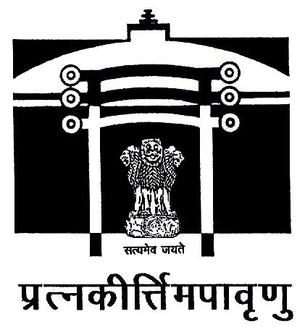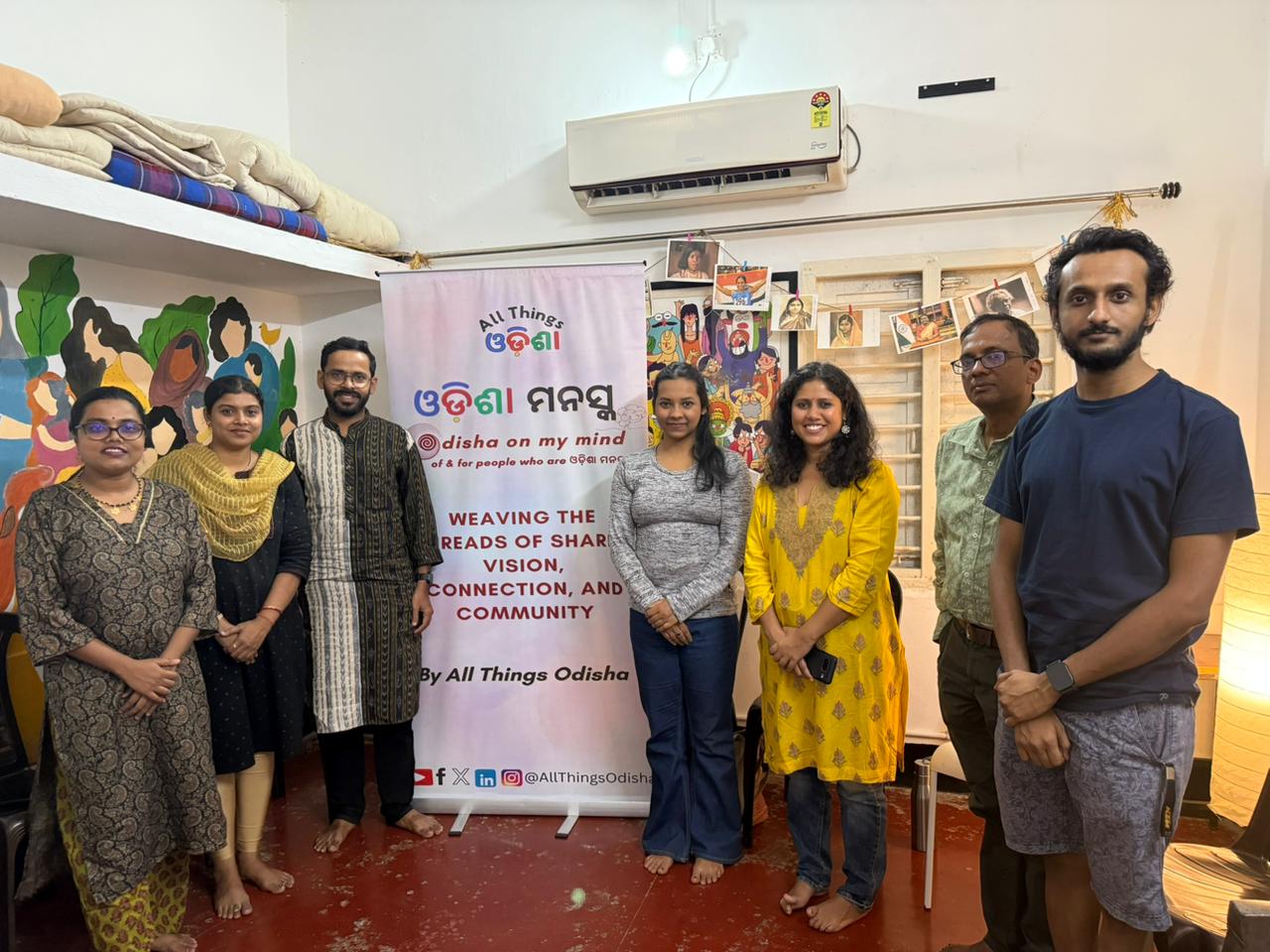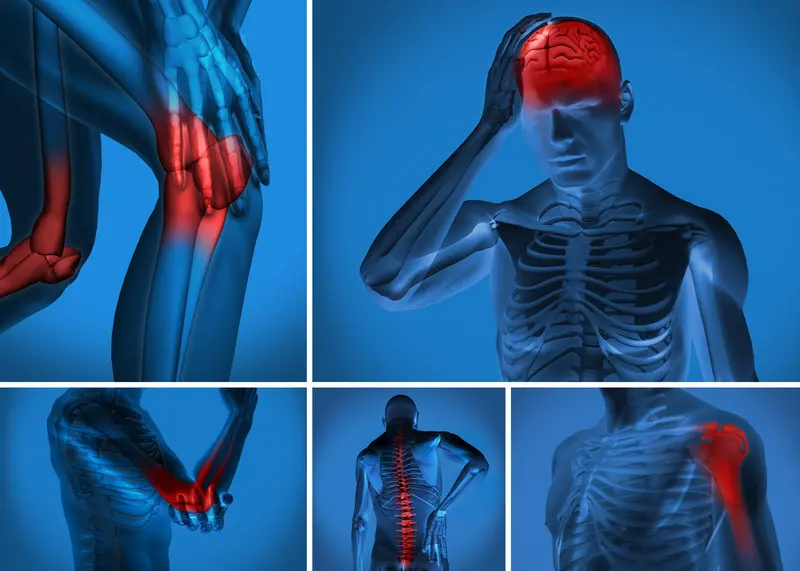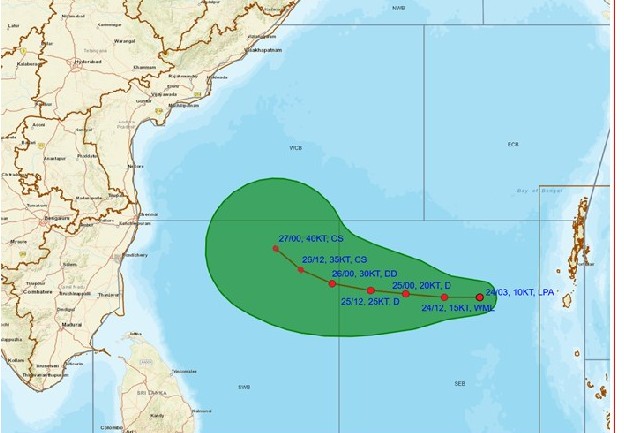New Delhi: In a significant move towards inclusivity, all ancient monuments and archaeological sites of national importance in Odisha have been made accessible to the public. The Archaeological Survey of India (ASI), under the provisions of the Ancient Monuments and Archaeological Sites and Remains Act, 1958, ensures the feasibility, scope, and norms to maintain the original character of these historical treasures while providing access to visitors.
The Right of Persons with Disabilities Act, 2016, further supports the provisions for accessibility, ensuring that differently-abled individuals have equal opportunities to explore and experience the cultural heritage of Odisha.
Details of amenities and facilities available for differently-abled persons (Divyang) at protected monuments in Odisha are as follows:
- Ramps: 11
- Wheelchairs: 8
- Differently-Abled Toilets: 9
- Signage in Braille: 7
Additionally, the state boasts 154 audio guides, 34 pathways with tactile strips, contributing to a more enriching experience for visitors with disabilities.
The expenditure incurred on these accessibility measures, including providing amenities, during the last five years has seen a commitment from the Archaeological Survey of India, with the financial details as follows:
| Year | Expenditure (in Crores) |
|---|---|
| 2018-19 | 406.38 |
| 2019-20 | 435.61 |
| 2020-21 | 260.90 |
| 2021-22 | 270.00 |
| 2022-23 | 392.71 |
The Ministry of Culture, Tourism, and Development of North Eastern Region, under the leadership of Union Minister Shri G. Kishan Reddy, is committed to ensuring that cultural heritage is accessible to all, fostering an environment of inclusivity and diversity. These efforts not only align with national policies but also contribute to the global recognition of India’s commitment to preserving and promoting its rich cultural heritage.





